

Cambria • Cayucos • Harmony • Los Osos / Baywood Park • Morro Bay • Ragged Point • San Luis Obispo • San Simeon
A District as Unique as Our Communities
District 2 of SLO County encompasses some of the most spectacular and diverse coastal areas in California, stretching along our beaches from the Monterey County line in the north to Los Osos and Montana de Oro to the south. This remarkable district includes the communities of Cambria, Cayucos, Harmony, Los Osos, Ragged Point, and San Simeon, along with the Cities of Morro Bay and portions of San Luis Obispo, creating a tapestry of unique coastal villages each with their own distinct character.
This stretch of coastal land preserves an irreplaceable region of California's Central Coast, featuring iconic destinations like Hearst Castle in San Simeon, the charming seaside village of Cambria with its moonstone beaches and artist galleries, and the laid-back surf town of Cayucos with its historic 1872 pier extending over uncrowded waves.
Los Osos offers pristine access to Montana de Oro State Park with its dramatic bluffs and tide pools, while the tiny artist community of Harmony provides a glimpse into California's dairy farming heritage alongside local artisan workshops. Morro Bay offers world-class kayaking through pristine estuary channels, restaurants, wildlife viewing opportunities with sea otters and diverse bird species, and the iconic Morro Rock, known by my Native Indian culture as Lesamo, standing sentinel over the harbor.
The district represents a perfect balance of natural beauty, cultural heritage, and sustainable coastal living that makes it a treasure worth protecting for future generations, preserving both California's maritime history and its most pristine coastal ecosystems.

Preserving Our Coastal Communities
Cambria
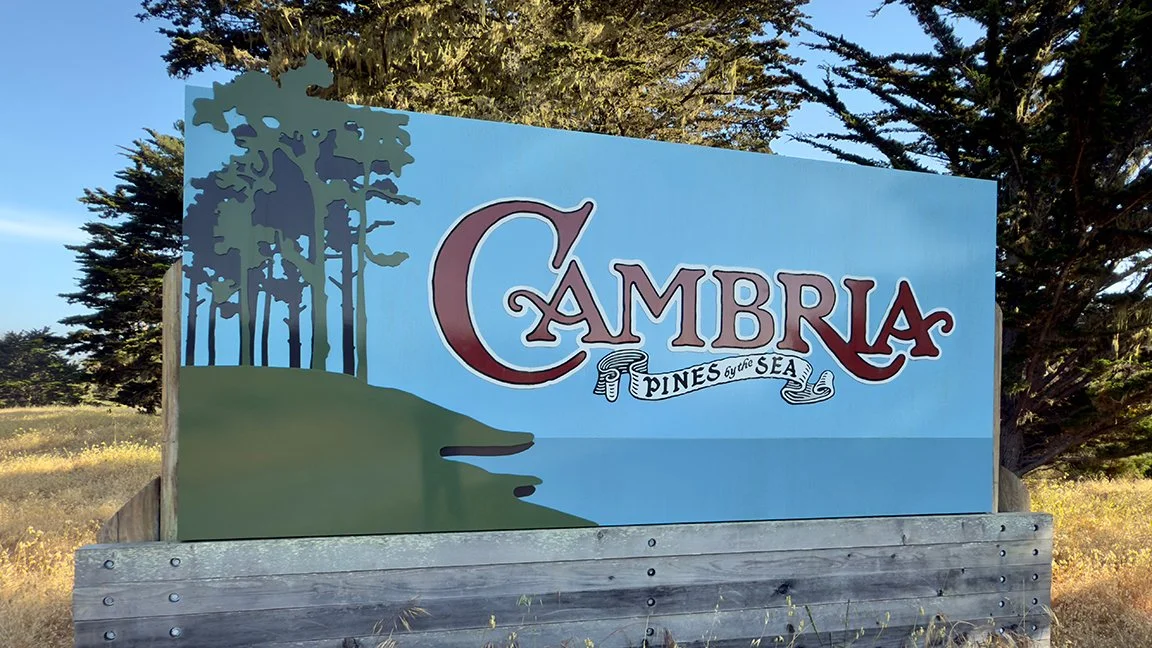
Cambria, a picturesque seaside village in San Luis Obispo County with a population nestled among one of only three native Monterey pine forests in the world, faces a severe and prolonged water crisis that has fundamentally shaped its development for over two decades. The Cambria Community Services District (CCSD) declared a Water Code 350 emergency in November 2001, which remains in effect today, prohibiting all new residential and commercial water connections. This moratorium has created a development stranglehold where property owners must rely on grandfathered meters that predate the emergency declaration or participate in complex Intent to Serve (ITS) letter extensions that require $200 deposits and extensive documentation. The water shortage has persisted for nearly four decades, creating a situation where ordinary water demands cannot be satisfied without depleting supplies to levels insufficient for human consumption, sanitation, and fire protection, effectively freezing community growth and economic development.
The water crisis has created cascading problems that extend beyond simple supply constraints, generating legal battles and regulatory conflicts that threaten the community's future viability. Recent disputes have emerged over proposed developments, including a contentious motel project that faces potential blocking due to dwindling water supplies, setting up confrontations between county authorities and state regulators. Property owners have filed petitions and complaints against both San Luis Obispo County and the CCSD, challenging the growth restrictions and seeking relief from the development moratorium. The California Coastal Commission has issued notices of violation to the Cambria CSD, adding another layer of regulatory complexity. These conflicts have created an environment where even basic property improvements require Will Serve letters from the county and extensive documentation, while new construction is limited to projects utilizing grandfathered meters or active service transfers, severely constraining housing options and business development in this tourist-dependent community.
Addressing Cambria's multifaceted challenges requires a comprehensive approach that balances water sustainability with controlled growth and community needs. The CCSD has implemented a Water Shortage Contingency Plan that includes Stage 4 restrictions allowing new water meters only for health and safety purposes, and only when water demand is offset to achieve net zero increase in consumption. Potential solutions being explored include the development of a sustainable water facility that would require coastal development approval and could potentially lift the moratorium on new connections, though this would also necessitate amendments to local growth ordinances. The community is also focusing on water conservation measures and exploring alternative supply sources while maintaining emergency reserves for fire protection and essential services. Success will depend on coordinated efforts between local, county, and state authorities to develop sustainable water infrastructure while preserving the unique character and environmental integrity of this coastal village that serves as a gateway to the Central Coast's natural treasures.

Cayucos
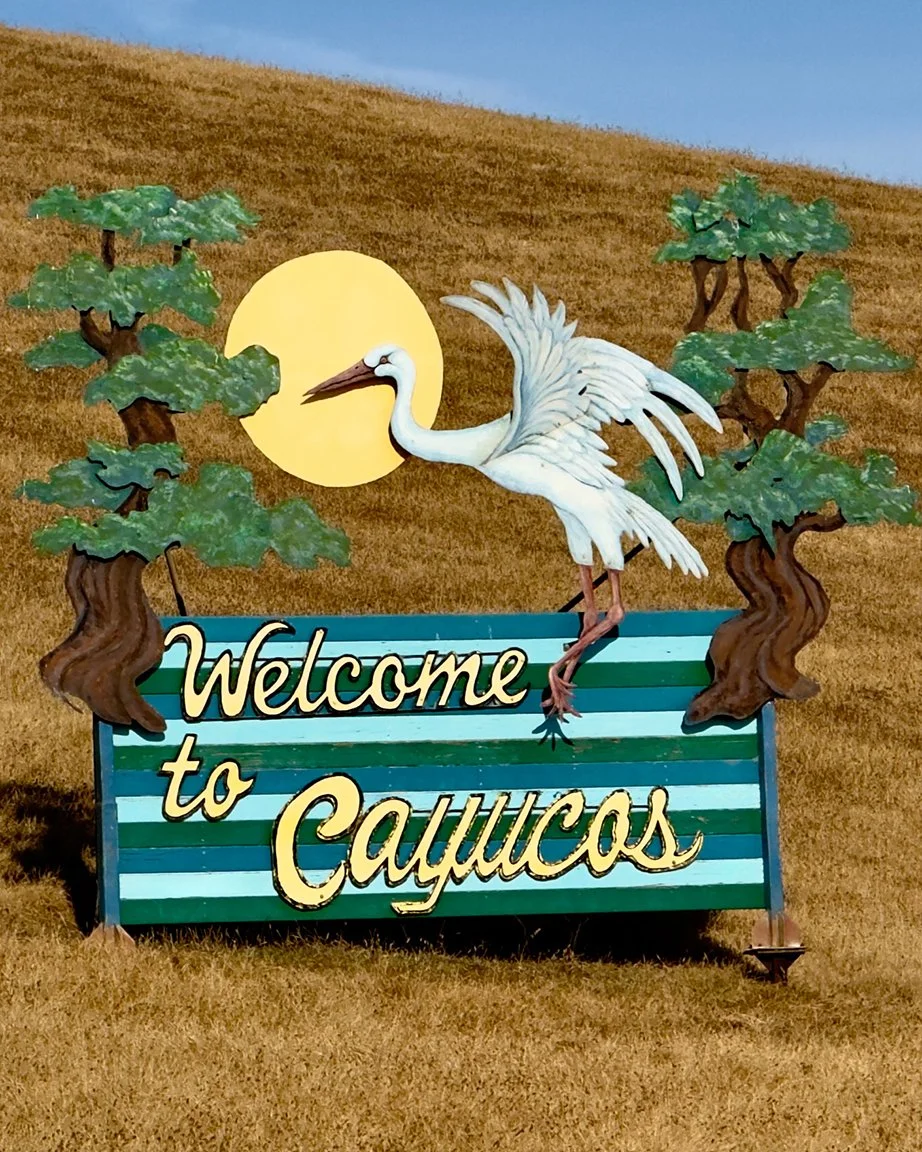
Cayucos, a small coastal community in San Luis Obispo County, faces significant challenges related to gentrification and demographic transformation that threaten its character as a working-class seaside town. With a current population of approximately 2,517 residents and a median age of 60, the community has experienced dramatic economic shifts, including a median household income that rose from $42,841 in 2000 to $82,778 in 2023. The population declined by 11.9% between 2000 and 2010, reflecting broader displacement pressures. The community remains predominantly White at 75.4%, with Hispanic residents comprising 14.8%, while the poverty rate stands relatively low at 6%. However, these statistics mask the underlying tension of a community becoming increasingly unaffordable for long-time residents and working families.
The most pressing issue facing Cayucos is the rapid gentrification that has transformed the town's social fabric and economic accessibility. Local observers describe Cayucos as "becoming a lonely, empty place" due to the displacement of working-class families and the conversion of affordable housing into vacation rentals and second homes for wealthy outsiders. This gentrification pressure reflects broader patterns across California's coastal communities, where nearly half of all low-socioeconomic status neighborhoods experienced gentrification between 2000 and 2019. The housing crisis is compounded by governance issues, including concerns about the Cayucos Sanitary District manager being the highest paid in San Luis Obispo County while working remotely, raising questions about local accountability and resource allocation. Additionally, the community struggles with maintaining essential services and infrastructure as the tax base shifts toward seasonal residents who contribute less to year-round community needs.
Despite these challenges, Cayucos has several pathways toward sustainable solutions that could preserve its community character while managing growth pressures. The town's active Chamber of Commerce continues to organize traditional events like the annual Polar Bear Dip, Antique Street Faire, and July 4th celebrations that maintain community cohesion and support local businesses. Educational initiatives through the Cayucos Educational Foundation provide opportunities to invest in local youth and families. To address housing affordability, the community could advocate for inclusionary zoning policies, deed-restricted affordable housing, and limitations on short-term vacation rentals that displace long-term residents. Strengthening local governance through greater transparency and accountability in special districts, while ensuring that managers live within the community they serve, would improve responsiveness to resident needs. Furthermore, supporting local businesses and encouraging year-round economic activity rather than seasonal tourism dependence could help create sustainable employment opportunities for working families, ultimately preserving Cayucos as a vibrant, diverse coastal community rather than an exclusive retreat for the wealthy.
Harmony
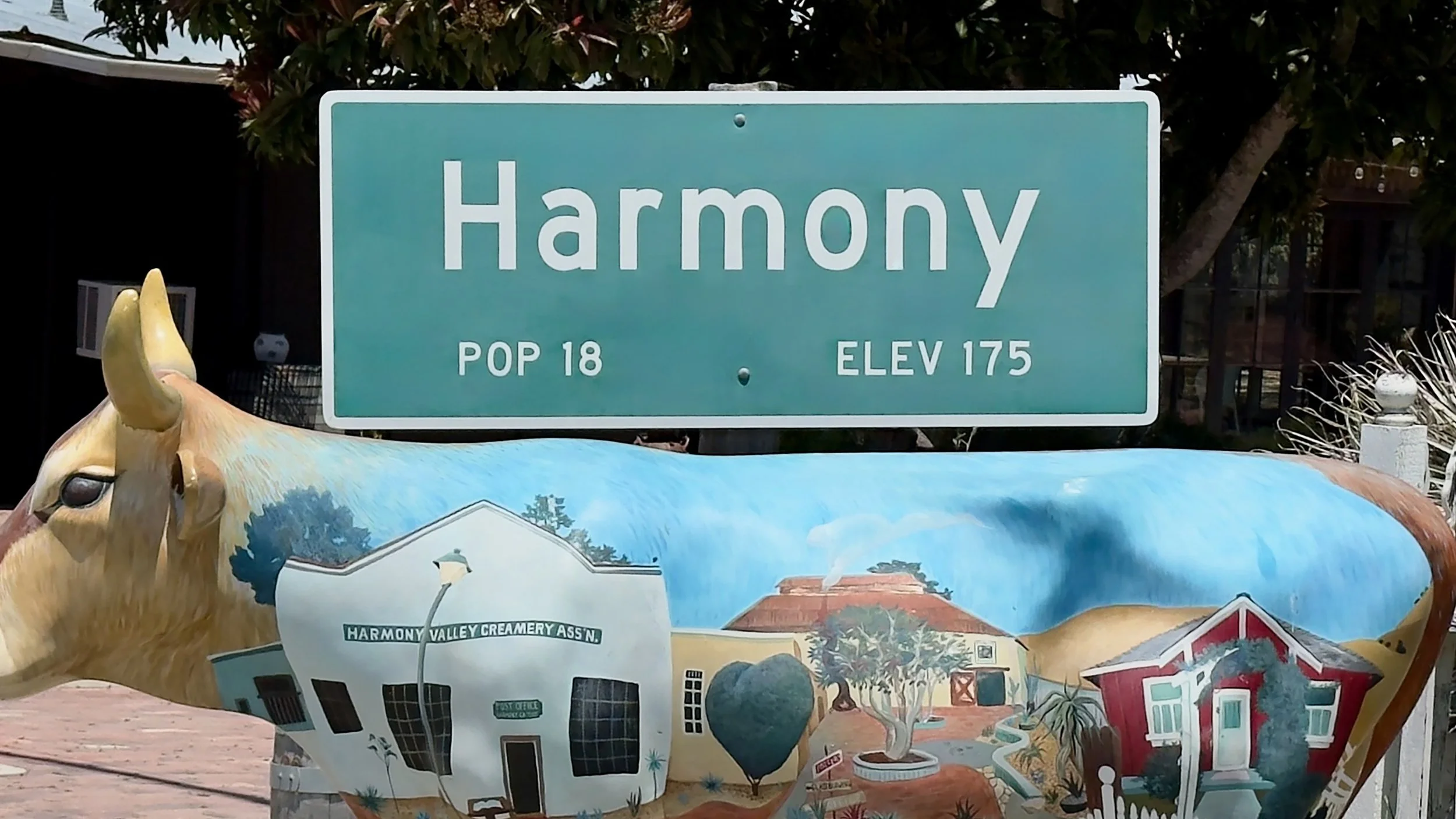
Harmony, California, presents a unique case study in community challenges, as this minuscule town along Highway 1 in San Luis Obispo County faces problems vastly different from typical municipalities. With a population of just 18 people, Harmony's primary challenge is maintaining economic viability while preserving its historic character. The town's survival depends heavily on tourism revenue, making it vulnerable to seasonal fluctuations and economic downturns that affect travel patterns. Additionally, the community struggles with the practical challenges of maintaining infrastructure, utilities, and services for such a small population base, where economies of scale simply don't exist.
The solutions Harmony has implemented center around leveraging its unique appeal as a tourist destination and historical site. One entrepreneur bought this California town in 2014, bringing life and charm back to it, demonstrating how private investment and vision can revitalize even the smallest communities. The town has successfully marketed itself as a must-stop destination for travelers along the scenic Highway 1, capitalizing on its quaint shops, art galleries, wedding venue capabilities, and wine tasting opportunities. By embracing its small size as a marketing advantage rather than a limitation, Harmony has created a sustainable niche economy based on its peaceful atmosphere and historic dairy farming heritage.
While Harmony faces the broader regional challenges that affect San Luis Obispo County—such as housing affordability and access to healthcare services—its tiny scale means these issues manifest differently than in larger communities. The town's success lies in its ability to adapt traditional community development approaches to an ultra-small scale, focusing on tourism-based economic development and private stewardship rather than conventional municipal services. This model demonstrates that even communities with fewer than 20 residents can find innovative ways to thrive by embracing their unique characteristics and developing creative solutions tailored to their specific circumstances.

Los Osos/Baywood Park
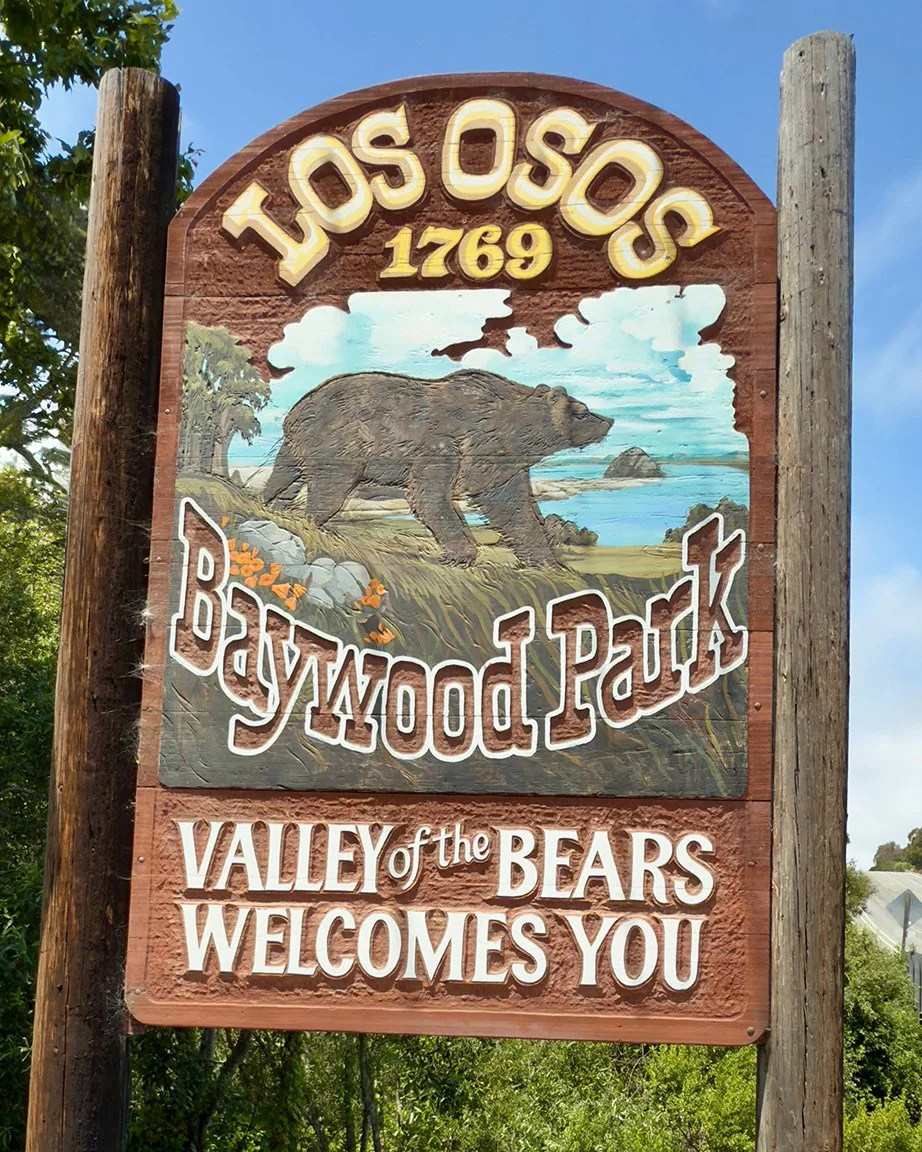
The unincorporated community of Los Osos/Baywood Park in San Luis Obispo County faces significant environmental and infrastructure challenges that have persisted for decades. With a population of approximately 14,351 residents spread across 7.6 square miles, this coastal community has grappled with a complex web of water supply issues, wastewater management problems, and development restrictions that have shaped its character and limited its growth. The area's reliance on a single groundwater source from the Los Osos Valley Basin has created vulnerability to both water shortage and contamination issues, while its proximity to the sensitive Morro Bay estuary ecosystem has heightened environmental concerns about pollution impacts.
The most pressing challenge facing Los Osos has been its long-standing wastewater crisis, which resulted in a state-imposed building moratorium in 1988 that lasted nearly three decades. The community's approximately 6,000 septic systems created widespread groundwater contamination and threatened the Morro Bay estuary with nitrate pollution, leading to what officials classified as a "Level III water resource shortage." This environmental emergency not only restricted new development but also posed serious health risks to residents who depended entirely on the contaminated local groundwater for their drinking water supply. Additionally, saltwater intrusion identified in the 1970s continues to threaten the aquifer, while inadequate infrastructure including deteriorating roads, poor storm drainage systems, and the lowest ratio of parks per capita in San Luis Obispo County have compounded the community's livability challenges.
Significant progress has been made in addressing these long-standing issues through comprehensive regional planning and infrastructure investment. In 2017, San Luis Obispo County completed the Los Osos Wastewater Project, which established a centralized sewer collection system and Water Recycling Facility that now serves the majority of the community previously dependent on septic systems. This facility produces tertiary disinfected recycled water suitable for irrigation, offering potential solutions for water conservation and groundwater protection. The Los Osos Community Services District has implemented water conservation rebate programs and is working with the Basin Management Committee to develop groundwater recharge strategies using recycled water. Furthermore, the 2024 Los Osos Community Plan establishes clear requirements for new development that address habitat protection, wastewater management, and water supply sustainability, while fire prevention programs including free vegetation chipping help residents reduce wildfire risks in this drought-prone coastal environment.
Morro Bay
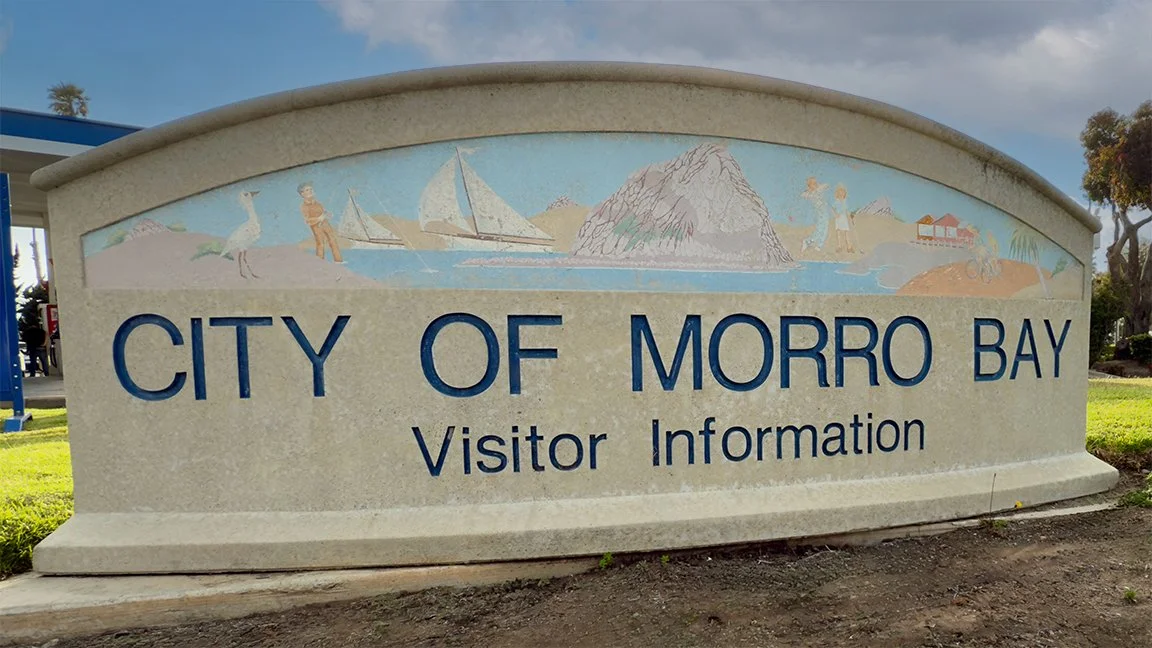
Morro Bay, a coastal community of approximately 10,800 residents in San Luis Obispo County, faces significant infrastructure and environmental challenges that threaten its economic stability and quality of life. The city's aging infrastructure presents immediate concerns, with street repair projects planned for 2025-26, with construction expected to start in September 2026 and be completed in December 2026. Climate change poses long-term threats to the community, as drought, more intense storms, and wildfires are potential impacts that could affect the Morro Bay watershed and estuary. The city has also experienced governance challenges, including recent leadership transitions with the City Council considering the appointment of Andrea Lueker as Interim City Manager during a Special Meeting scheduled for Thursday, July 10, 2025, and a recent fire incident at the Morro Bay City Hall Annex Building on July 9, 2025. Additionally, economic pressures are evident in the tourism sector, as the 2024 Ironman race was marked by trouble with the swim part, requiring significant water rescues due to swift currents, leading to the cancellation of the 2025 event.
The city is actively pursuing solutions through environmental initiatives and sustainable development planning. Morro Bay has embraced climate action through partnerships with Central Coast Community Energy, which offers incentives for gas-free construction and provides housing developers with incentives to build all-electric housing. The city is also managing growth through careful environmental review processes, as evidenced by the preparation of a Project Environmental Impact Report (EIR) for the proposed 3300 Panorama Drive Project. The community has demonstrated strong civic engagement in addressing development concerns, particularly regarding energy infrastructure, with nearly 60% of Morro Bay voters supporting Measure A24, a land use measure designed to block a proposed battery storage plant. The city has reinforced this position by extending a battery plant ban for another two years, pausing the city's ability to process permits for such plants.
The recent Moss Landing battery plant fire in January 2025 has intensified concerns about the proposed 600-megawatt battery energy storage system that would replace Morro Bay's iconic power plant stacks. Environmental hazards from the Moss Landing incident include documented contamination, with preliminary results suggesting that emissions from the lithium battery fire impacted surface soil directly north from the fire location, where all four heavy metals exceeded screening levels. Health impacts have been reported, as some residents in the area have reported health issues including sore throats and other symptoms that they claim are related to the fire, with some environmental tests revealing pollutants in the water and ground near where the fire burned. The Moss Landing facility's design flaws have raised additional safety concerns, as experts note that the facility was housed indoors and used a type of battery more prone to thermal runaway, and the blaze may have been worse because of the plant's design and the types of batteries used. These environmental and safety concerns have prompted Morro Bay residents to raise alarms over their proposed similar plant as one of the world's largest battery storage facilities burns just up the coast, demonstrating the community's proactive approach to protecting public health and environmental integrity while navigating the transition from fossil fuels to renewable energy infrastructure.

Ragged Point
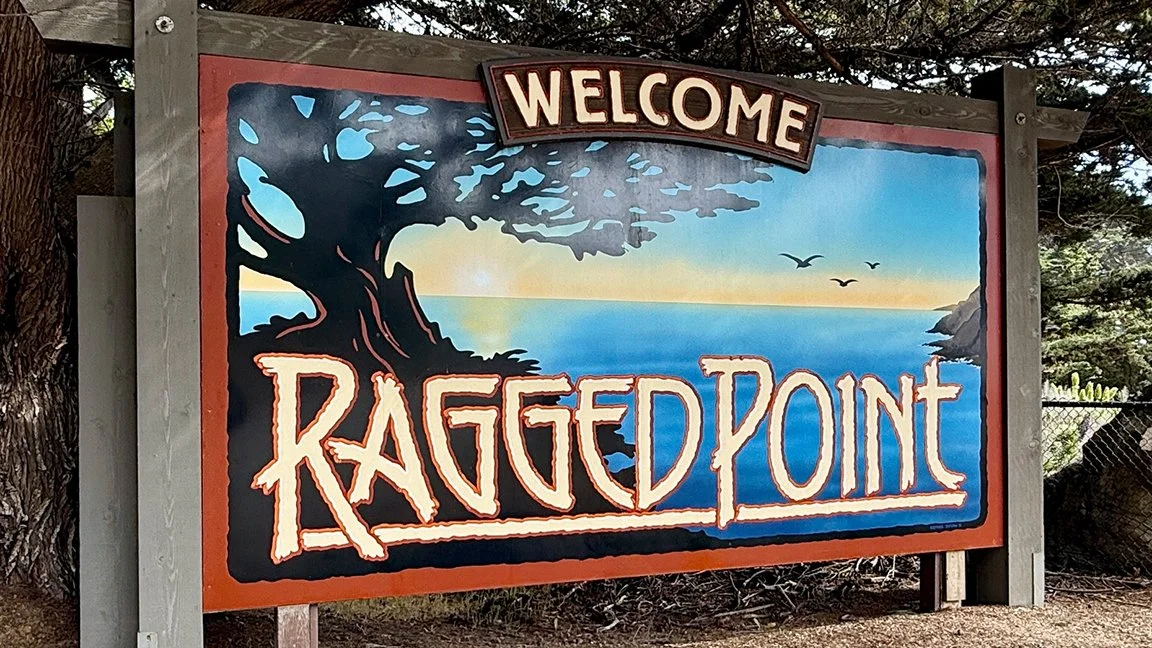
Ragged Point, a small coastal community located at the southern end of Big Sur in northern San Luis Obispo County, faces unique challenges stemming from its remote location and dramatic natural setting. Ragged Point is a headland on California's Central Coast located in northwestern San Luis Obispo County, about 7 miles north of the Piedras Blancas Light Station, serving as a gateway between Big Sur and the Central Coast. The community's primary challenges center around transportation infrastructure vulnerability, economic isolation, and emergency access limitations. The area's economy relies heavily on the Ragged Point Inn and Resort, which serves tourists traveling the iconic Highway 1 corridor, but this dependence creates economic fragility when access is disrupted.
Transportation infrastructure represents the most critical challenge for Ragged Point residents and businesses. Highway 1, the community's lifeline to the outside world, experiences frequent closures due to landslides, rockslides, and weather-related damage. A rockslide closed a portion of Highway 1 between San Luis Obispo and Monterey counties overnight, illustrating the ongoing vulnerability of this coastal route. Nature's powerful forces frequently affect Highway 1, particularly in the Big Sur region, where rockslides, erosion, and coastal weather events can temporarily alter access to this iconic route. These closures can isolate the community for weeks or months, disrupting not only tourism but also essential services, supply deliveries, and emergency response capabilities. The broader San Luis Obispo County context shows additional economic pressures, with unemployment numbers skyrocketing in San Luis Obispo County in June with the number of unemployed workers jumping 32.7%, from 4,900 in May, 2025 to 6,500.
Several solutions are being implemented and proposed to address Ragged Point's challenges. California has committed significant resources to infrastructure resilience, with California investing nearly $1.7 billion to help improve safety, increase mobility for all users and strengthen the state highway system as part of efforts to make communities more climate resilient. For Ragged Point specifically, solutions include improved early warning systems for geological hazards, enhanced emergency preparedness protocols, and diversification of economic activities beyond tourism dependence. The community could benefit from developing remote work infrastructure to attract residents who don't depend on daily commuting, establishing stronger partnerships with emergency services for helicopter access during road closures, and creating local food production capabilities to reduce dependence on supply deliveries. Long-term solutions might include exploring alternative transportation methods such as improved coastal access routes or enhanced communication infrastructure to maintain connectivity during isolation periods. County-wide initiatives addressing affordable rental housing, healthcare services, and homelessness as the most pressing needs could also benefit Ragged Point's small population, though specific demographic statistics for this tiny community are not readily available due to its size and unincorporated status.
San Luis Obispo
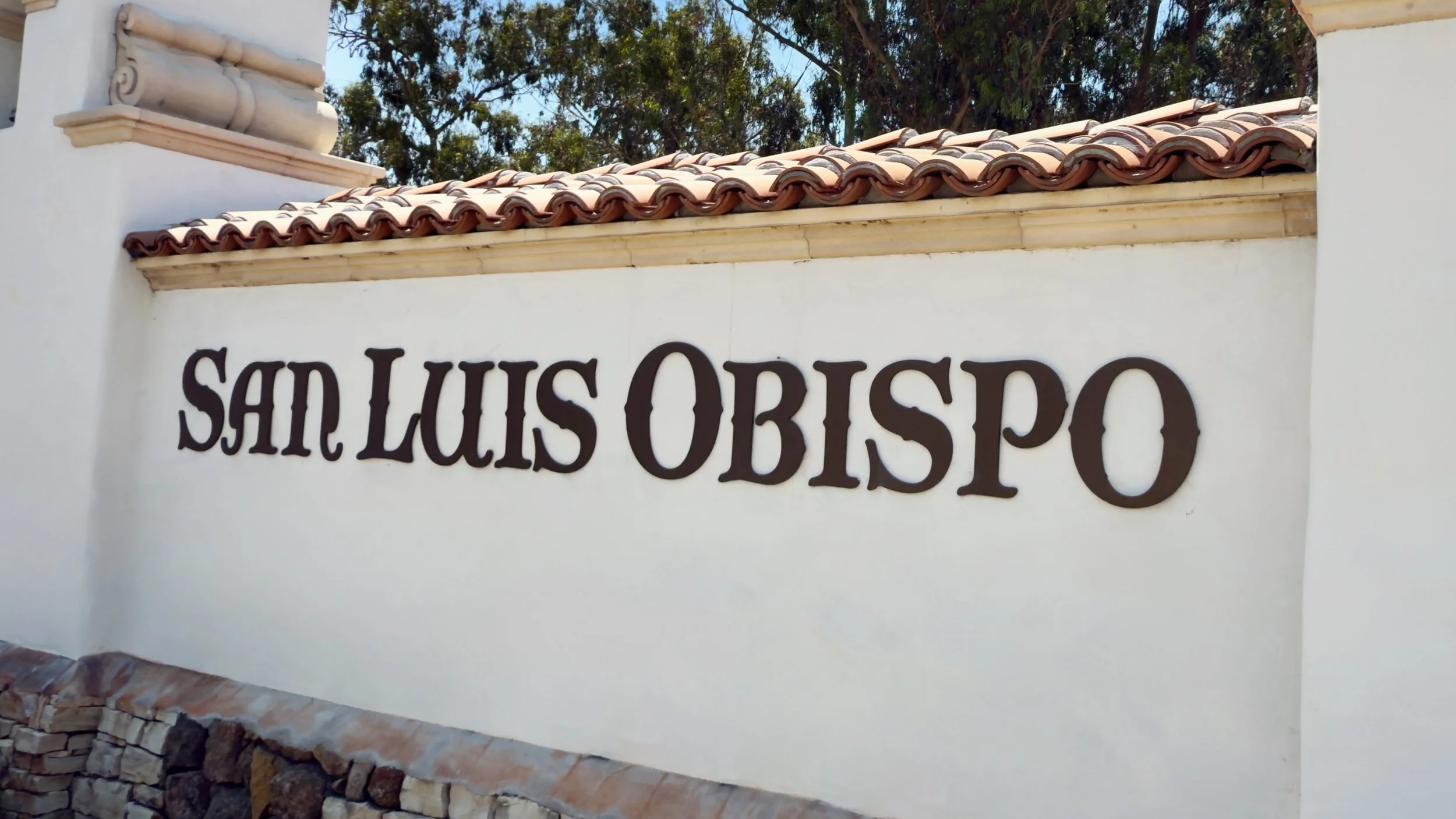
San Luis Obispo faces significant housing affordability challenges that have reached crisis levels, fundamentally altering the community's demographic and economic landscape. The most pressing issue is the severe housing cost burden, where home prices have skyrocketed to nearly ten times the annual median income of $95,576, making homeownership virtually unattainable for most residents. Average rental costs in San Luis Obispo County range around $2,500 monthly, while the average tenant paid approximately $1,800 per month for rent and utilities in 2022. This housing crisis has contributed to a documented homeless population of 1,175 people countywide as of the 2024 Point-in-Time Count, with housing affordability identified as a significant barrier for 456 of 503 survey respondents. The situation is particularly challenging for Cal Poly students and young professionals, many of whom can only afford $1,000 monthly for housing while facing a market demanding much higher rents.
The community's demographic composition reveals both strengths and vulnerabilities that influence these challenges. San Luis Obispo's population is predominantly White at 70.5% (Non-Hispanic), with smaller percentages of Asian residents (5.05%), Hispanic residents of various racial backgrounds (approximately 15.5% combined), and other ethnic groups. The city maintains a remarkably young median age of 26.2 years, largely due to Cal Poly's student population, yet this creates additional housing pressure as students compete with permanent residents for limited rental stock. Despite the city's reputation as one of the nation's happiest places to live, with excellent educational systems, low crime rates, and exceptional quality of life amenities, economic pressures persist with 6.5% of families living in poverty and per capita income at $59,924.
San Luis Obispo has implemented several strategic solutions to address these community challenges through comprehensive planning and development initiatives. The City Council adopted an updated Economic Development Strategic Plan in July 2023, emphasizing business retention, arts and culture expansion, and principles of sustainability, diversity, equity, and inclusion. The city actively promotes economic development through partnerships with organizations like REACH, leveraging the area's exceptional talent pool, international reach, and entrepreneurial spirit to attract and retain businesses. County-level initiatives include the 2025 Community Development Needs Assessment and ongoing homeless services programs that prioritize affordable rental housing development. The community has also recognized May as Affordable Housing Month, highlighting ongoing efforts to increase housing production and secure state and federal funding for low-income housing solutions. These coordinated efforts between city, county, and regional partners aim to preserve San Luis Obispo's renowned quality of life while making it accessible to a broader range of residents and ensuring long-term economic vitality.

San Simeon
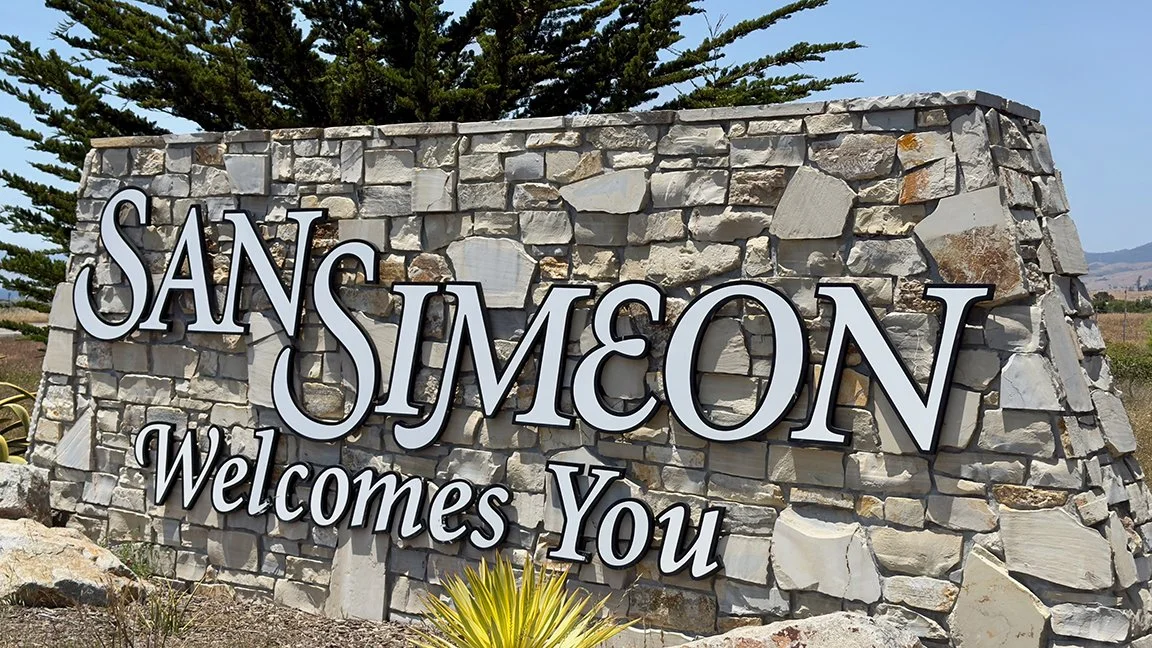
San Simeon, a small unincorporated coastal community in San Luis Obispo County with a population of just 462 residents, faces severe governance and infrastructure crises that threaten its viability as an independent community service district. The San Simeon Community Services District (CSD) has been in what officials describe as a "tailspin" since early 2023, struggling with massive infrastructure costs, administrative mismanagement, and legal complications. The district's water and wastewater systems require millions of dollars in capital improvements that far exceed the financial capacity of this tiny community, leading to discussions about potentially divesting essential services or dissolving the district entirely. Adding to these challenges, the community has experienced governance issues including administrative misleading of board members and complex legal disputes with neighboring entities like Hearst Castle regarding sewage processing agreements.
The financial burden facing San Simeon is staggering relative to its size, as the community grapples with infrastructure needs that would require significant per-capita investment from its small tax base. The CSD submitted an application for dissolution to the Local Agency Formation Commission (LAFCO) in May 2024, recognizing that the district cannot sustainably manage the required capital projects for water and wastewater systems. This crisis reflects broader challenges facing small rural communities across California, where aging infrastructure meets limited financial resources and declining populations. The situation has been exacerbated by complications with major local partners, as Hearst Castle - one of California State Parks' most profitable properties - reportedly has not paid for sewage processing services for nearly a year, creating additional financial strain on an already struggling district.
The primary solution being considered involves transferring governance and services from the San Simeon CSD to San Luis Obispo County through the creation of a County Service Area (CSA). This transition would provide access to county resources and economies of scale while relieving the small community of the impossible burden of independently financing major infrastructure projects. However, this dissolution process comes with its own complexities, including the need to resolve existing contracts and agreements, such as those with Hearst Castle. The county would need to assume responsibility for water and wastewater services, potentially spreading costs across a larger tax base while ensuring continued service delivery to residents and businesses. While this solution may address the immediate governance and financial crises, it represents the end of local self-governance for San Simeon, highlighting the ongoing challenges small rural communities face in maintaining independence while meeting modern infrastructure and regulatory requirements.




